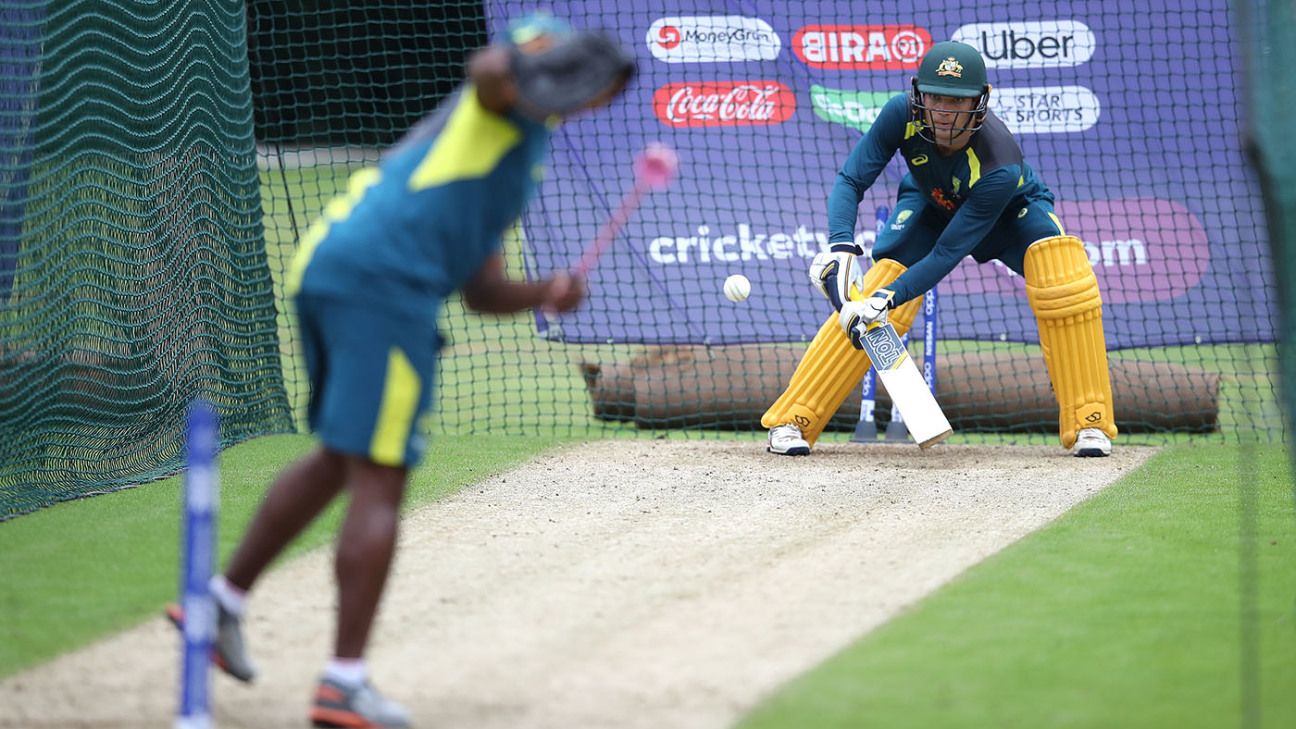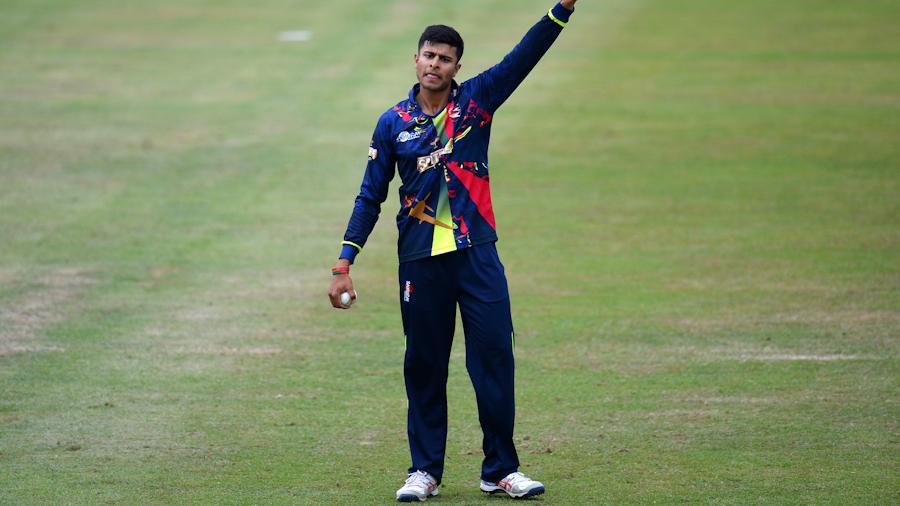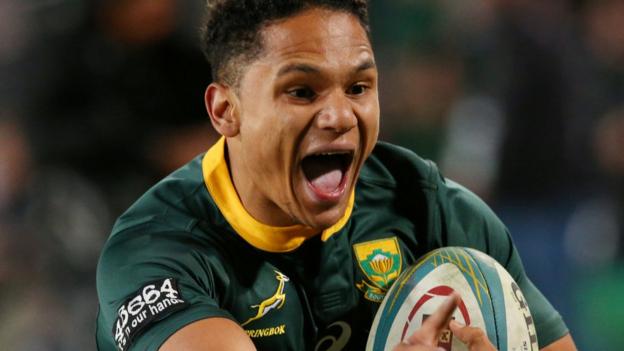At Wrigley Field, misters in the back of the bleachers tried to cool the crowd. At Yankee Stadium, only one player took batting practice on the field. In Cleveland, rules were relaxed on what fans could bring into the park.
Even for a sport that promotes high heat, Saturday was a scorcher across the major leagues. The National Weather Service said it was part of "a dangerous heat wave" gripping much of the country.
From the Northeast through the Midwest, no player, manager or umpire was spared as temperatures soared near triple digits.
Hours before Baltimore played Boston at sweltering Camden Yards, Orioles manager Brandon Hyde pulled aside starting catcher Chance Sisco and issued a stiff directive.
"I told Chance, 'Do not go outside until the game starts,'" Hyde said.
Sisco went all nine innings Friday night and was in the lineup again while backup Pedro Severino recovers from an illness.
"I told Chance, I don't want him hustling on and off the field. I want to see him walking," Hyde said. "When you're a catcher in these type of games, it's not easy. After the eighth inning, his face was beet red."
No relief in sight, either. The temperature was forecast to top 100 degrees for Sunday afternoon's series finale.
In Chicago, where it was 94 when the Cubs started against San Diego, there was a big ovation in the seventh inning -- for the weather.
That's when the wind suddenly shifted and began blowing in. The temperature immediately dropped and many in the crowd of 40,314 cheered the wind in the Windy City.
For those sitting in the stands with no cover, it was hard to take.
Jaclyn Jendrisak, 31, was in town from St. Louis for a bachelor/bachelorette party. Fortunately for her group, the Cubs created a cooling station in right field.
"Standing in the shade, have some air conditioning blowing on us. We're sticking to water and not having beer. It's helping a little bit," she said.
It also was 94 degrees in New York, the hottest for a Yankees game this season.
The Yankees set up supplemental hydration stadiums in all three decks and the bleachers, and made announcements over the public address system reminding fans to keep drinking water.
Chris Del Vecchio, 33, from Verona, New Jersey, and his pal Bruna Silva walked around the ballpark with bags of ice on their neck and shoulders as the Yankees topped Colorado 11-5.
"Sitting in the bleachers is where our seats are, and we made it about two innings; they scored about six runs, so it kind of extended those innings and made it seem a little longer. But, it's pretty brutal out there," Del Vecchio said.
Injured Yankees outfielder Cameron Maybin was the only player who took BP on the field. In the steamy conditions, Colorado's Tony Wolters had the bat accidentally slip from his hands on a swing and sail into the Yankees dugout.
Rockies star third baseman Nolan Arenado exited in the late innings with a leg cramp, presumably caused by the weather.
"It was fine when we were walking on the grass, but as soon as you got to the plate it was like a cone of heat. It was awful," Yankees catcher Austin Romine said. "It was a struggle out there."
All over, portal bench coolers helped teams in hot spots, while umpires ducked off the field between innings to stay fresh.
At Comerica Park, where the scoreboard showed 94 degrees about an hour before Detroit hosted Toronto, there was a message on the markerboard in the Tigers clubhouse saying the team would do its work indoors because of the heat.
"We're not going to be silly. Just let them hit in the cages, and hopefully we'll be ready to play the game. I think we hit enough. We take enough ground balls," Tigers manager Ron Gardenhire said.
At Progressive Field, the Cleveland Indians eased the regulations on what fans could carry into the ballpark. Empty thermos bottles were permitted for the game against Kansas City.
"They didn't have Gatorade when I played," Royals manager Ned Yost recalled. "No, we didn't have the knowledge about hydration back then. It was take a couple salt pills and drink a little bit of water. We didn't know anything about hydrating."
The Red Sox didn't take batting practice Friday or Saturday, and planned to skip the session Sunday in Baltimore.
"You've got to be smart in the way you spend your energy," manager Alex Cora said. "It's that part of the schedule. We knew we were going to run into something like this. And we did."
The weather began to break in some spots.
A day after it was 94 when Minnesota hosted Oakland -- the second-hottest start in Target Field's 10-year history -- it was about 20 degrees cooler in the Twin Cities.
On Friday night, All-Star pitcher Jake Odorizzi struggled with the A's lineup and the humid setting.
"It was only like pitching in a rainforest," he said.

























 Phone: (800) 737. 6040
Phone: (800) 737. 6040 Fax: (800) 825 5558
Fax: (800) 825 5558 Website:
Website:  Email:
Email: 






